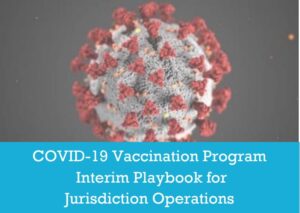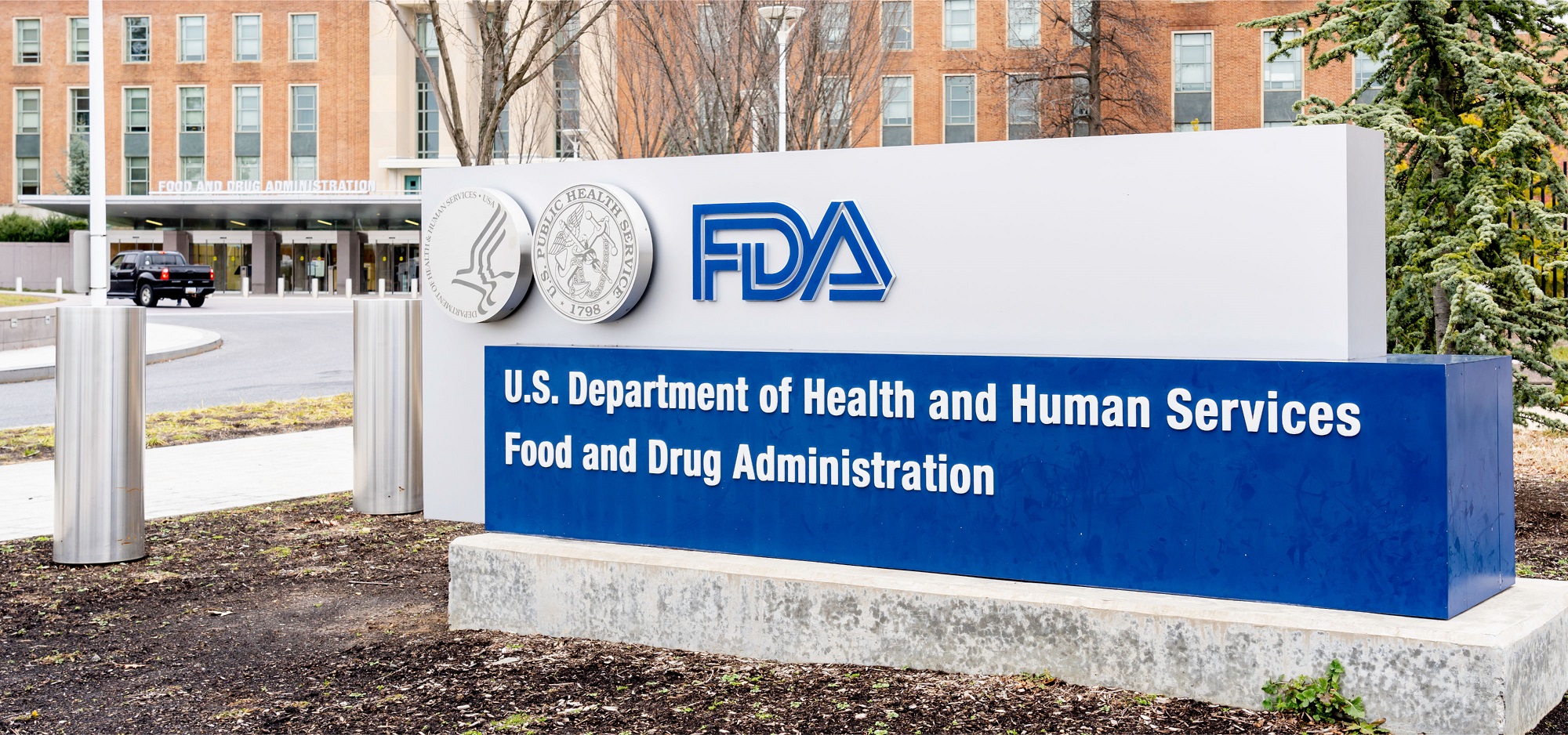In introductory remarks Marion Gruber, PhD, Director of the Office of Vaccines Research and Review at the Center for Biologics Evaluation and Research (CBER), reiterated that COVID-19 vaccines would be held to the same standards for Biologics License Application (BLA) approval, as those for other vaccines. A COVID-19 vaccine candidate should demonstrate its safety, substantial evidence of effectiveness with adequate and well controlled clinical studies, and should be manufactured in compliance with current Good Manufacturing Practices to ensure product quality and consistency.
For approval of COVID-19 vaccines, the immune response should be characterized, the potential for vaccine-induced enhanced respiratory disease (ERD) should be addressed, and a post-licensure pharmacovigilance plan should be developed.
Government-Funded Development
The committee heard updates from the National Institutes of Health (NIH) and Biomedical Advanced Development Research Authority (BARDA) about the status of vaccine candidates being developed through Operation Warp Speed (OWS), a partnership with several government agencies and private firms to accelerate development, manufacturing, and distribution of COVID-19 vaccines, therapeutics, and diagnostics.
There are six vaccines in development through OWS based on three different platforms, including mRNA, adenovirus vector, and recombinant product + adjuvant, and all candidates require two doses. Phase 3 studies for the vaccine candidates are being developed in collaboration with all participating partners in order to harmonize the studies across products; one Data Safety Monitoring Board (DSMB) is being used and reports in to an oversight group for all studies; studies are planned to include those at highest risk from infection, older populations and underserved minorities.
The studies will be held to a higher bar for primary efficacy at 60 percent versus the current FDA guidance of 50 percent for vaccines.
Surveillance of Efficacy and Safety
Presentations from the CDC and FDA explained their plans to monitor and evaluate safety and efficacy during future EUAs and post-licensure using both passive and active sources. Efficacy surveillance will initially start with understanding protection against the disease and will eventually expand to include duration of protection as there is more widespread use of the vaccines.
One source for safety monitoring will be the vaccines adverse event reporting system (VAERS). The CDC will review and assess COVID-19 reports within five business days; FDA physicians will also review reports and the FDA will use statistical data mining methods to look at the data. The FDA plans to use the Center for Medicare and Medicaid Services data for COVID-19 vaccine rapid cycle analysis for near real time surveillance, as has been done with the annual influenza vaccine and Guillain-Barré syndrome since 2007.
Other sources for surveillance include Vaccine Safety Datalink (nine participating healthcare organizations collaborating with the CDC) and smartphone-based active surveillance that will collect data for six weeks post-vaccination. The FDA is developing protocols for surveillance of COVID-19 vaccine efficacy and safety that will be posted for public comment.
Vaccine Distribution
 The CDC also discussed plans for distribution and tracking of COVID-19 vaccines. Once available, vaccine roll-out will have a phased approach over a few months. When supply is limited at first, it is likely doses will be provided for critical infrastructure personnel, those at high risk for severe illness and infection, and people with limited access to vaccines.
The CDC also discussed plans for distribution and tracking of COVID-19 vaccines. Once available, vaccine roll-out will have a phased approach over a few months. When supply is limited at first, it is likely doses will be provided for critical infrastructure personnel, those at high risk for severe illness and infection, and people with limited access to vaccines.
The CDC is working with jurisdictions to plan and operationalize vaccination responses. The CDC released the “COVID-19 Vaccination Program Interim Playbook for Jurisdiction Operations” in September to support this effort.
Since the current vaccine candidates are two doses, it is planned that people will get a vaccine card after their first dose to bring with them for their second dose, as well as receive an electronic reminder to return for the second dose.
Collection of Public Feedback
The committee also heard from the Reagan-Udall Foundation for the FDA on the topic of COVID-19 vaccine public confidence. The foundation has completed listening sessions with frontline workers and individuals from underrepresented populations to gather opinions about a COVID-19 vaccine.
There is a general sense of vaccine hesitancy with many concerns, such as the speed of the process, distrust of the government, distrust of the healthcare system, concerns that politics and economics will be prioritized over science, fear that the vaccine will not work for specific communities, and fear based on past experience due to racial and equality disparities.
However, individuals are interested in the science and the process, and would like a successful vaccine. It was also noted that personal relationships with doctors are valued and that timing matters with respect to perception of safety, as individuals expressed concerns with being given a vaccine as soon as it becomes available. After completion of all listening sessions, the foundation plans to develop messaging to address concerns.
Generating and maintaining trust will be critical as a vaccine can only be effective if people will take it.
Clinical Development and CMC Considerations
The committee heard from FDA regarding clinical considerations and chemistry, manufacturing, and controls (CMC) for COVID-19 vaccine authorization and/or approval. In June 2020, the FDA released the guidance document Development and Licensure of Vaccines to Prevent COVID-19 to assist sponsors in the clinical development and licensure of vaccines for prevention of COVID-19, and in October 2020 FDA released the guidance document Emergency Use Authorization for Vaccines to Prevent COVID-19 to provide sponsors with recommendations regarding the data and information needed to support the issuance of an EUA for a COVID-19 vaccine during the public health emergency.
Takeaways from the June 2020 guidance include:
- the FDA recommendation for inclusion of diverse populations in all phases of vaccine development,
- a recommendation for the primary efficacy endpoint point being laboratory-confirmed COVID-19 or laboratory-confirmed SARS-CoV-2 infections with the primary endpoint estimate for a placebo-controlled efficacy study being at least 50 percent, and
- the statistical success criterion being that the lower bound of the appropriately alpha-adjusted confidence interval in the primary efficacy endpoint point estimate is less than 30 percent.
Sponsors should also consider powering efficacy studies for formal hypothesis testing on a severe COVID-19 endpoint or at minimum should evaluate severe COVID-19 as a secondary endpoint without formal hypothesis testing. The FDA commented that direct demonstration of effectiveness may not be feasible in all populations, such as pediatrics, and immunobridging may be able to be used.
Since much information may not be known about durability of protective immunity, potential risk of ERD, and long-term safety, additional follow-up will be needed. Serious and other medically important adverse events should be monitored in all study participants for at least six months after completion of study vaccinations. Follow-up of study participants for COVID-19 outcomes (in particular, for severe COVID-19 disease manifestations) should continue as long as feasible, ideally at least one to two years, to assess duration of protection and potential for vaccine associated ERD as immune responses to the vaccine wane.
Per FDA, “issuance of an EUA for a COVID-19 vaccine would require adequate manufacturing information to ensure its quality and consistency. Additionally, a determination by FDA that the vaccine’s benefits outweigh its risks based on data from at least one well-designed Phase 3 clinical trial that clearly demonstrates the vaccine’s safety and efficacy is needed. Any assessment regarding an EUA would need to be made on a case-by-case basis considering the target population, the characteristics of the product, the preclinical and human clinical study data on the product, and the totality of the available scientific evidence relevant to the product.”
The evidence for the benefit-risk assessment may be supported by a case-driven interim analysis from one or more clinical studies. For an EUA, data from Phase 3 studies should include a median follow-up period of two months after completion of all study vaccinations. In the case of an EUA, it was noted that complete stability information may not be available; sponsors should present a stability plan and stability data to support the investigational use under the EUA.
While only two months follow-up is needed for an EUA, issuance of the EUA is not grounds to unblind ongoing clinical studies because longer follow-up is needed for licensure. Sponsors should include strategies for how to ensure follow-up and how to handle loss of follow up due to withdrawal of participants. If there is widespread availability of a vaccine, a licensed vaccine may be used as a comparator, though this design typically needs a larger number of subjects and may interfere with efficacy.
After the presentations and open public hearing, the committee discussed and provided recommendations on the following topics:
Topic 1: FDA’s approach to safety and effectiveness data as outlined in the respective guidance documents
The committee generally thought that the standards that the FDA is applying to the development and authorization and/or licensure of COVID-19 vaccines are balanced with respect to supporting accelerated development of COVID-19 vaccines and minimizing risk to public health. The committee expressed some concerns about the two-month follow-up period being too short for an EUA, but recognized that follow-up would be continued if the study was ongoing. The committee was clear that minorities should be represented in studies and brought up concerns about immunobridging to pediatric populations. The committee thought that it was important to understand the safety of the vaccine in pediatric populations and standard immunobridging guidelines may not appropriate. Lastly, the committee had concerns about the primary endpoint being biased or skewed for mild disease rather than looking at actual infection as a primary endpoint; however, the committee chair did note that most vaccines are licensed to prevent laboratory confirmed disease and sterilizing immunity is not typically part of standard vaccine licensure.
Topic 2: Considerations for continuation of blinded Phase 3 clinical trials if an EUA has been issued for an investigational COVID-19 vaccine.
The committee was specifically asked to comment on the EUA and how it may impact long-term safety and efficacy in ongoing studies or potentially jeopardize BLA approval if studies were unblinded early. The committee recognized that at some point it may not be feasible to continue blinded data collection in a case where vaccine supply was not limited, allowing for widespread use, but should continue as long as possible. They noted that various scenarios might be used if a study needs to be unblinded. The committee did not give specific details, but suggested that the topic should be discussed if the situation arises. If blinded data collection cannot continue, the committee recommended moving to follow-up in observational studies that collect real-world data.
Topic 3: Studies following licensure and/or issuance of an EUA for COVID-19 vaccines to further evaluate safety, effectiveness and immune markers of protection and evaluate the safety and effectiveness in specific populations.
The committee advised that post-marketing studies would absolutely be necessary for assessing duration of immunity and safety. Because new platforms are being used for the vaccine candidates, untoward effects could originate from the platform as well as product. The committee suggested that observational studies may be helpful for critical, population-specific data and noted that correlation of protection and natural disease are going to be important.
In general, there was a key theme of commitment to accelerating the development of COVID-19 vaccines while maintaining standards for safety and efficacy. Commitment to informational transparency to improve public confidence and build trust in the vaccine products was also an important message.
The October 22, 2020 VRBPAC meeting materials can be found on the FDA website






